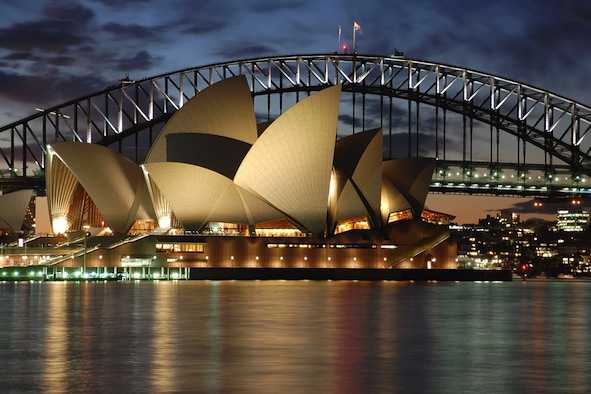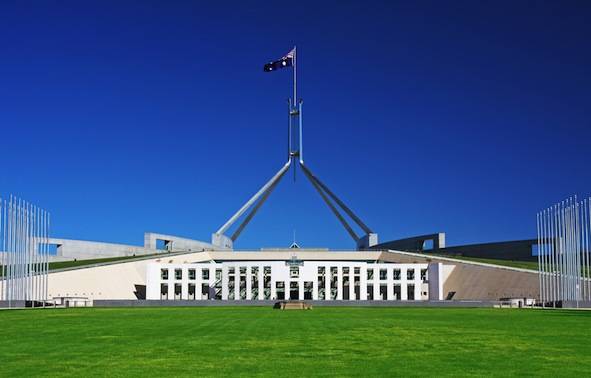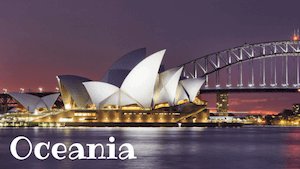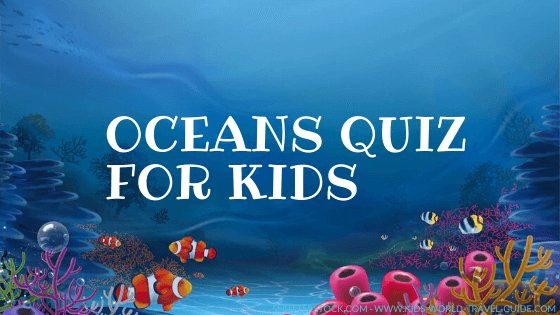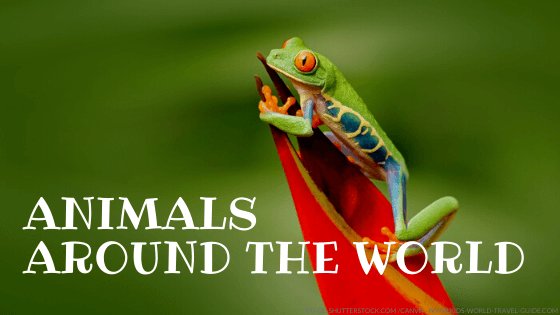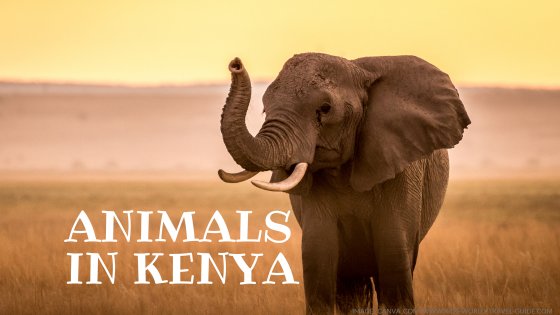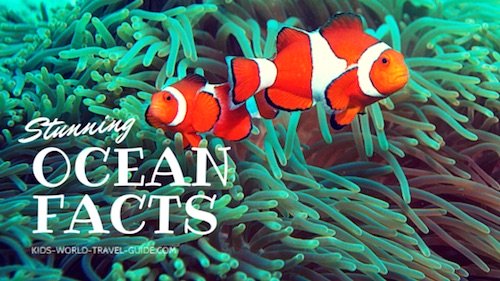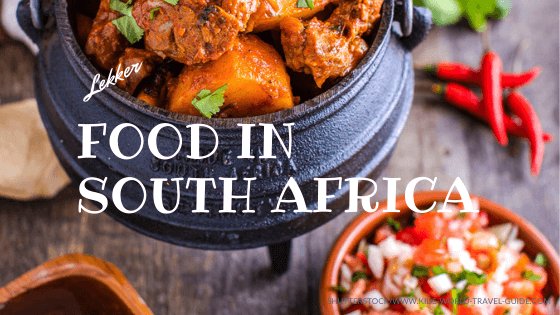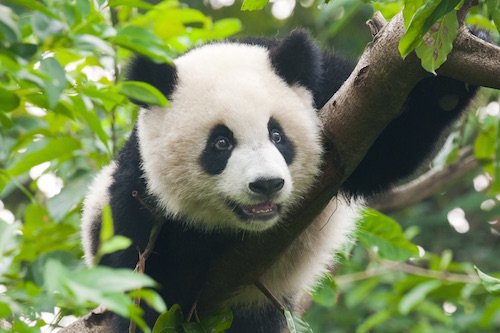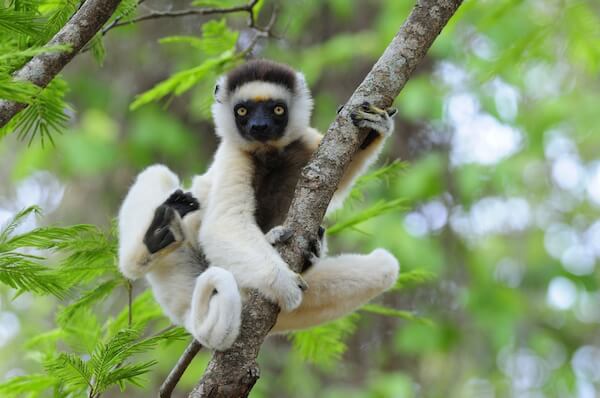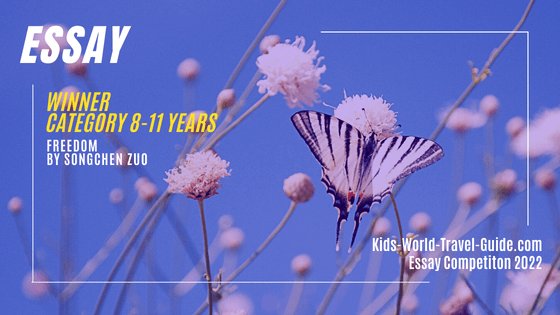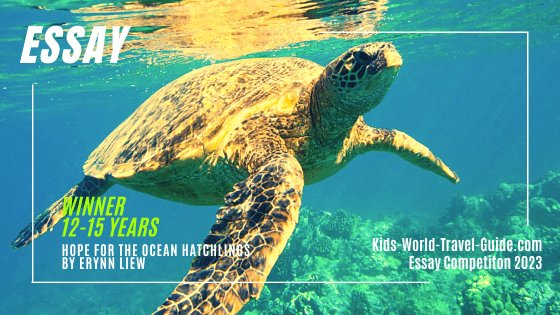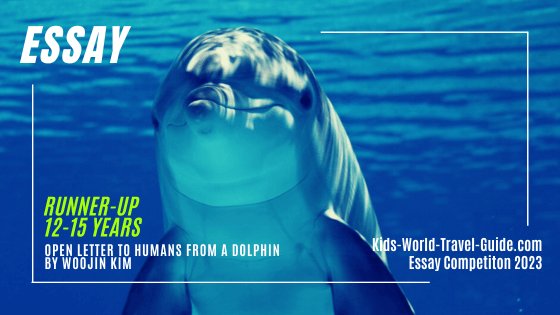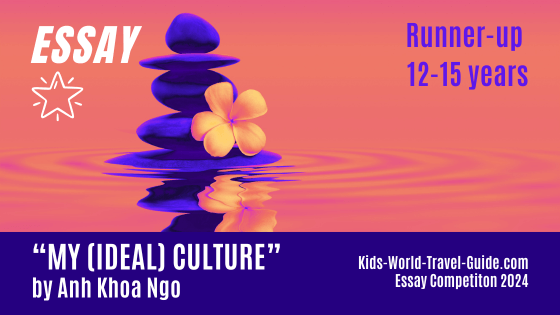Animals in Australia
Australian animals you should know about
There are so many interesting animals in Australia! Four out of five animals that live in Australia only can be found there.
Australia is a megadiverse country and is home to an extraordinarily high amount of plant and animal species.

Among the endemic animal species - species that can only be found in Australia - are the monotremes, which are mammals that lay eggs! The platypus and two species of echidna are the world's only egg-laying mammals, so called monotremes.
Australia has almost 400 mammal species and about 140 species of marsupials. A marsupial is an animal that carries the young in her pouch.
Half of the birds that live in Australia, can only be found there. Among the typical Australian bird species are the kookaburra, the emu and the rainbow lorikeet, an especially colourful parrot which has a red beak and a multicolour plumage.
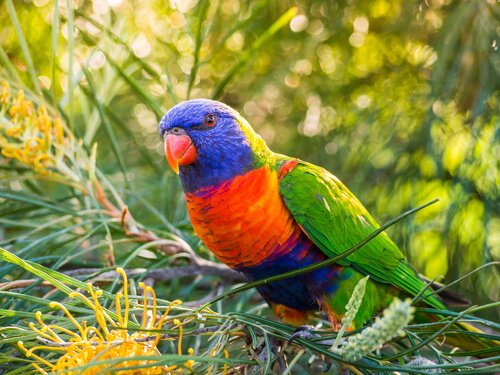 Rainbow Lorikeet
Rainbow Lorikeet15 Animals in Australia you should know about
Koala
Koalas are marsupials. This means that they are mammals that carry their young in a pouch. They look like cute bears but koalas are definitely not bears!
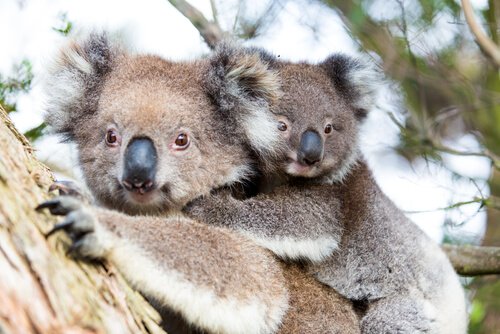 Koala mum with baby
Koala mum with babyKoalas live in eucalypt forests along the eastern coastline of Australia. They are fragile animals but grow up to 80 cm/ 2.2 ft in height and weigh only about 14 kg/ 31 lbs. Baby koalas are called 'joeys' and hide in their mothers’ pouch for the first six months. Koalas eat lots of eucalyptus leaves (1 kg/ 2.2 lbs per day) and sleep up to 20 hours!
Dingo | Animals in Australia
Dingos are the biggest carnivorous mammals in Australia. Carnivorous means meat-eating. They can be found all over Australia except for Tasmania although they mainly live in the country’s outback. A dingo looks similar to a domestic dog, but has a longer muzzle, larger pointed ears and sharper teeth. It has a brown furry coat and bushy tail.
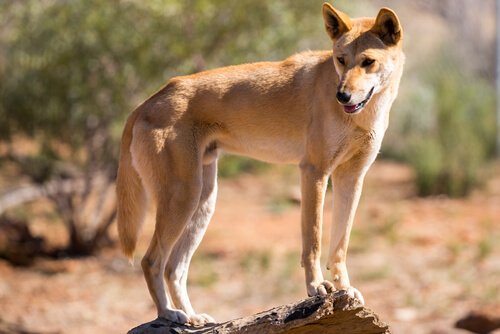 Dingo
DingoDingos are wild dogs that feed mainly on small animals. Dingos stay alone, but during mating season the dingo is known to mingle with other wild dogs and to hunt in packs of three to twelve animals.
Kangaroo
There are about 50 million kangaroos living in Australia, that means there are many more kangaroos than people living in Australia! There are 55 different species of kangaroos.
 Kangaroo with joey
Kangaroo with joeyWallabies are usually smaller than kangaroos but kangaroos come in all sizes. Some weigh only little and are tiny, others weigh up to 90 kg/ 198 lbs. In many rural areas, kangaroos roam in the bushland. One of the best places to experience kangaroos is Pebbly Beach, a four-hour-drive south of Sydney.
Platypus
The platypus is one of the monotremes. The egg-lying animal lives along the river banks in burrows. The platypus has a brown furry body and webbed feet. With a bill like a duck as well as a tail like a beaver it looks truly unique. A platypus can grow up to 60 cm/ 2 ft in length.
 Platypus
PlatypusPlatypus are very shy animals and quickly hide underwater if approached. If they are attacked and cannot flee, however, they inject venom through spurs in their hind legs. The venom is so strong it can kill a dog!
Australia Animals | Echidna
Animals in Australia: The echidna is also a monotreme which only grows up to 40 - 50 cm/ 1.4 ft in length and weighs about 5 - 6 kg/ 11 - 13 lbs.
 Echidna
EchidnaThe echidna has spines on the body, which thus is covered with a prickly coat similar to a porcupine or a hedgehog. The monotreme has a long sticky tongue and eats mainly insects. When frightened, the echidna rolls into a small ball to protect itself.
Tasmanian Devil
The Tasmanian devil is an endangered animal and can only be encountered in the wild on the island of Tasmania off the southern coast of Australia. The Tasmanian devil is a marsupial and carries its young in its pouch.
Tasmanian devils are marsupials and carry up to four young. The young live in the pouch for up to four month.
 Tasmanian Devil
Tasmanian DevilThe black coated animal is as tall as a small dog, but very shy and the Tasmanian devil is nocturnal. Nocturnal means the animal is active during the night. Tasmanian devils are the largest carnivorous marsupials and have powerful jaws and teeth.
Animals in Australia
Kookaburra
This bird is the world’s largest kingfisher bird and grows up to 46 cm/ 18 inches from beak to tail! The kookaburra is known for its chuckling voice which sounds like human laughter. Laughing kookaburras can be easily heard and thus easily be spotted. Click to listen to the kookaburra's call here.
 Kookaburra
KookaburraWombat
Another one of the native animals to Australia is the wombat. This burrowing animal can get really heavy and can weigh up to 36 kg/ 80 lbs. This is as much as a 10-year-old child weighs!
 Wombat
WombatWombats can quite commonly be spotted in the Blue Mountains National Park near Sydney. Wombats feed on grasses, tips of shrubs and bushes.
Animals in Australia: Emu
The emu is the tallest bird in Australia. It reaches up to 2 m/ 6.5 ft in hight and can run really fast, with speeds up to 50 kmh/ 31 mph. However, emus cannot fly, just like an ostrich. Emus have a varied diet: they feed on grasses and leaves, fruits and insects.
 Emu in Pinnacle Desert/Numbung National Park
Emu in Pinnacle Desert/Numbung National ParkThe emus are flightless birds that defend themselves with strong powerful kicks. Their name comes from the Portuguese word ‘ema’ which means large bird.
Cassowary
The cassowary is the heaviest flightless bird in Australia. A cassowary has black feathers on the body, but the neck and face is colourful. Cassowaries have a very low frequency call which almost cannot be heard by humans.
 Cassowary
CassowaryThe cassowary has a casque, a sponge-like helmet which is covered with keratin. Keratin is the material our fingernails are made of. The cassowary is the most dangerous bird in the world as it has the most powerful kick. The foot has three toes with a dagger-like claw. The cassowary can run and swim very fast, so it easily can escape any dangerous situations.
Sydney Funnel-Web Spider
Animals in Australia: The Sydney funnel-web spider is the world’s deadliest spider. The funnel-web spider injects a deadly venom whenever it bites and death occurs within an hour. However, an anti-venom has been developed and for more than 30 years there has been no fatality.
Australians are very aware of the danger of being bitten by a funnel-web spider, so they take precautions when hiking in the bushland or working in the garden.
 Funnel web spider
Funnel web spiderThe big black spiders are hairless and the spider web looks like a massive funnel - therefore it is hard to miss! The webs can be spotted between logs and rocks along the Sydney coastline.
Australian Box Jellyfish
The Australian box jellyfish is the most venomous marine animal. The jellyfish with a box-like shape has long tentacles that inject poison when touched. The dangerous tentacles are up to 3 m/ 10 ft long.
 Australian box jellyfish
Australian box jellyfishThese jellyfish can swim in contrary to most other jellyfish that can only float. So make sure to stay out of the water if there are warning signs during jellyfish season in summer.
Animals in Australia
Crocodiles
Crocodile Dundee told us about them in his adventures and we all know that there are crocodiles in Australia.
Two crocodile species can be found on the Australian continent. The freshwater crocodile which only can be found in Australia and the saltwater or estuarine crocodile. Both can actually live in freshwater and saltwater. The saltwater crocodiles are the world’s largest reptiles. Salties, as saltwater crocodiles are referred to by many Australians, grow up to 6 m/ 20 ft long and weigh up to one tonne.
 Saltwater crocodile in Kakadu National Park
Saltwater crocodile in Kakadu National ParkWhen waiting for prey, crocodiles can remain completely motionless for as long as an hour. When hunting, they lie either half-submerged in water or hide underwater. They can hold their breath for about one hour and have transparent eyelids, so they can see their prey even when underwater.
Great White Shark
Along Australia’s coastline there are about 5,500 great white sharks. Great white sharks are not the largest shark species in the world, but certainly impressive. They can become massive, up to 7 m/ 23 ft in length - this is almost half the length of a basketball court!
Once a shark is fully fed, it can live without food for three month without any further meal.
 Great White Shark
Great White SharkSharks follow the vibrations in water when sourcing for prey. They have a very good sense of smell and can also detect the scent of blood from about 4.8 km/ 3 miles away.
Animals in Australia
Australian Coastal Taipan
Some of the world’s most venomous snakes such as the coastal taipan can be found in Australia. Other dangerous Australian snakes are the inland taipan and the tiger snake.
 Australian coastal taipan
Australian coastal taipanThe coastal taipan grows up to 4 m/ 13 ft in length. However, don’t worry too much about encountering snakes in the wild. Snakes like to be left alone and they usually only attack when feeling threatened.
Did you know...?
Animals in Australia: Less people die every year from snake bites or shark attacks in Australia than from bee stings!
Correction: Many Thanks to Kristen Robinson from Australia!
There are no poisonous snakes in Australia. Australian snakes are known for their dangerous bites and they hardly ever spit (such as African cobras!). Australian snakes are thus venomous.
Venomous: If you get bitten or stung, then this is venom.
Poisonous: If you eat, like, swallow, inhale or absorb a dangerous substance through your skin, this is poison. If u can die when you touch it, the object is poisonous (such as a poison dart frog)
Resource: Stephanie Root. "Venomous versus poisonous." US National Park Service. 18 July 2018. Last accessed 9 May 2025
Popular Pages
Resources | Animals in Australia
- Australian Koala Foundation. "Interesting Facts About Koalas". SaveTheKoala. Last accessed 9 May 2025
- New South Wales Government. "Platypus and other native animals in Australia". NSW Government. Last accessed 9 May 2025
- Wildlife Alliance. "The Cassowary". San Diego Zoo. Last accessed 9 May 2025
- Tasmanian Parks and Wildlife. "Tasmanian Devil". ParksTasmania. Last accessed 9 May 2025
- Shannon Verhagen. "World's Deadliest Spider: The Funnel Web." Australian Geographic. 13 February 2017. Last accessed 9 May 2025
- Gemma Chilton. "Welcome to Croc Country." Australia Geographic. 29 March 2016. Last accessed 9 May 2025
- National Ocean Service. "Australian Box Jellyfish". NOAA. Last accessed 9 May 2025
- Allie Metz. "Guide to Australia's Animals". Tourism Australia. Last accessed 9 May 2025
Winning Essays 2025
|
Please take note
|


